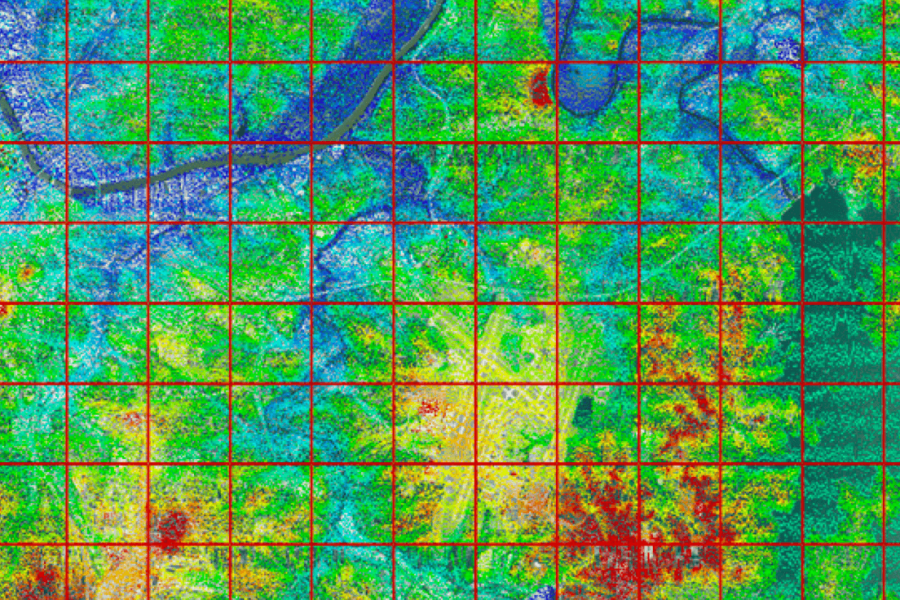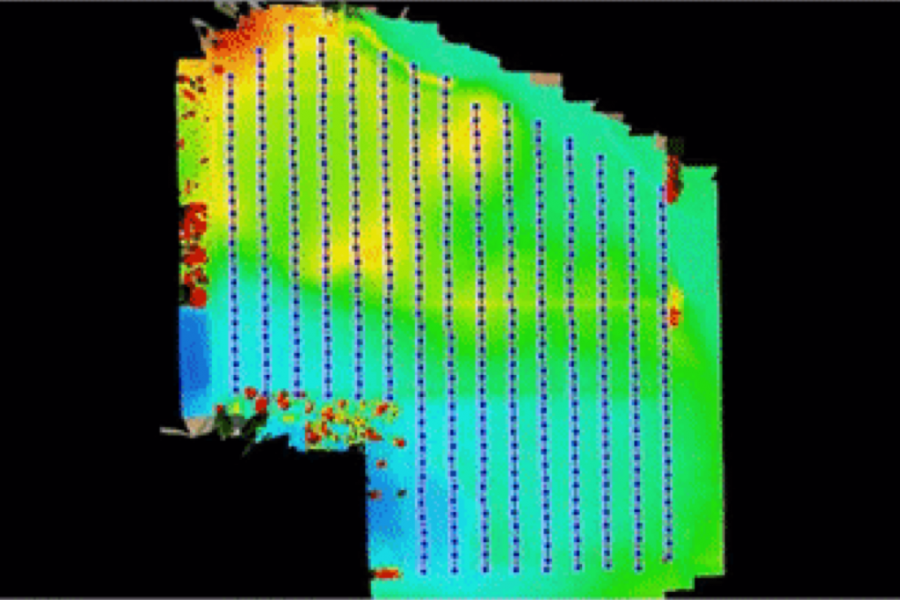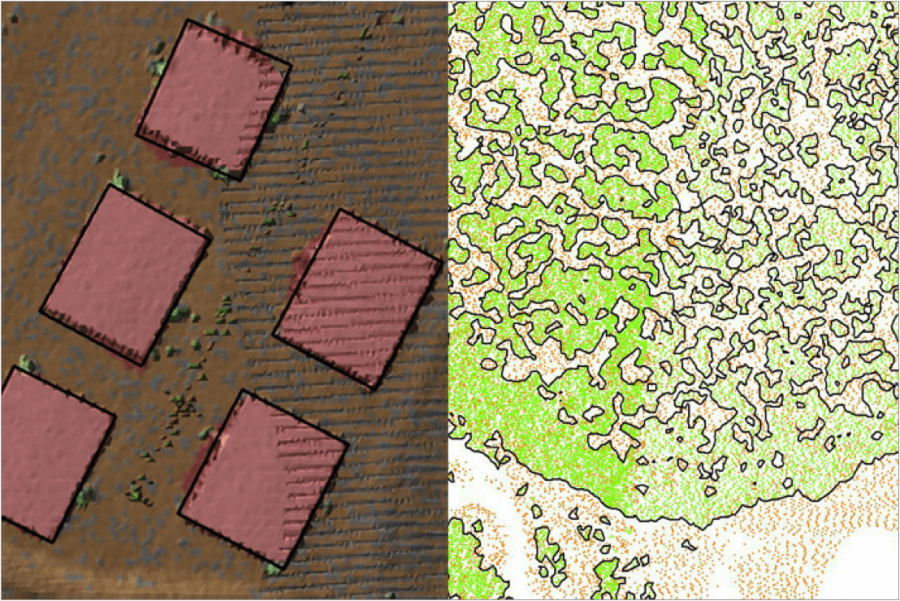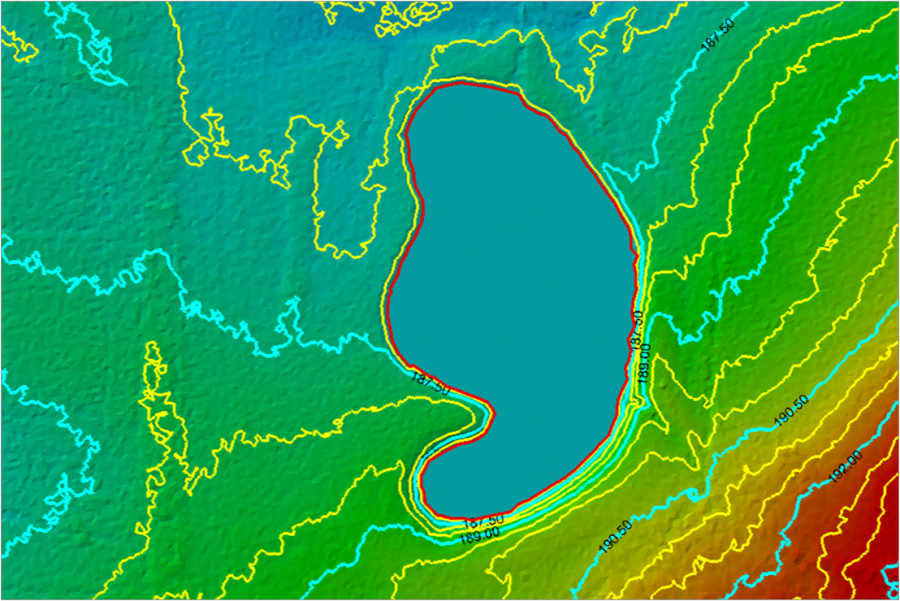Canada’s only authorized distributor
for AgEagle and Parrot drones.
for AgEagle and Parrot drones.
Canada’s only authorized distributor
for AgEagle drones.
SHARE THIS PRODUCT ON:

Quality control your captured LiDAR data or images from any aircraft or mobile sensor of your choice.
Use an extensive toolbox of geospatial tools for deriving products that serve multiple industries and applications.
Deploy your accurate and fully processed data into actionable results or share with customers.
Comprehensive visualization is a core element of analyzing point clouds. Viewing methods include a top-down map, a scrollable profile, and an interactive 3D window. Display options for data include intensity, color value, elevation, classification, and more. Rendering modes include points, a surface model triangulated irregular network (TIN), wireframe, and a TIN/point combo.


As technology and collection methods continue to evolve, LiDAR projects continue to get bigger and bigger. LP360’s advanced display techniques allow users to work on projects that consist of tens of thousands of LAS files where the size can be measured in terabytes. Overcoming this obstacle is just one of the ways LP360 Geospatial software brings the benefits of LiDAR to the GIS desktop.
LP360 includes an extensive set of tools, including the Export Wizard, for creating derivative products.


Data classification is an important step before certain derivative products can be generated. LP360 Geospatial software includes both interactive and automated tools to define points in the dataset.
Cross-sections can be extracted from point clouds using a variety of alignment definitions. The cross-sections can be of a user-specified length and also clipped to enclosing polygons. LP360 Geospatial software includes advanced contouring tools that allow for both interactive visualization (dynamic contouring) and generating file-based contours for customer delivery.


Whether you need to extract polygons for building footprints, separate wires from powerline transmissions or define a railroad centerline, LP360 Geospatial software has the tools you need. Using automatic tools saves time in collecting this valuable information that can be used in a variety of different analysis workflows such as planning, vegetation encroachment, or ordinance compliance.
One of the more powerful capabilities within LP360 Geospatial software is breakline capture and enforcement. Use LP360’s extensive breakline tools for water body flattening and to define riverbanks and changes in terrain. Breaklines can also be used to introduce artificial elevation constraints to a dataset and 2D breaklines can easily be converted into 3D by simply assigning Z-values.


FieldGenius is brand neutral, with drivers to support most common hardware available in the market today, as well as yesterday.
Create accurate field maps, generate insights and analyze field data in real time to increase crop productivity